Common Gladiola Disease Problems And Gladiolus Pests
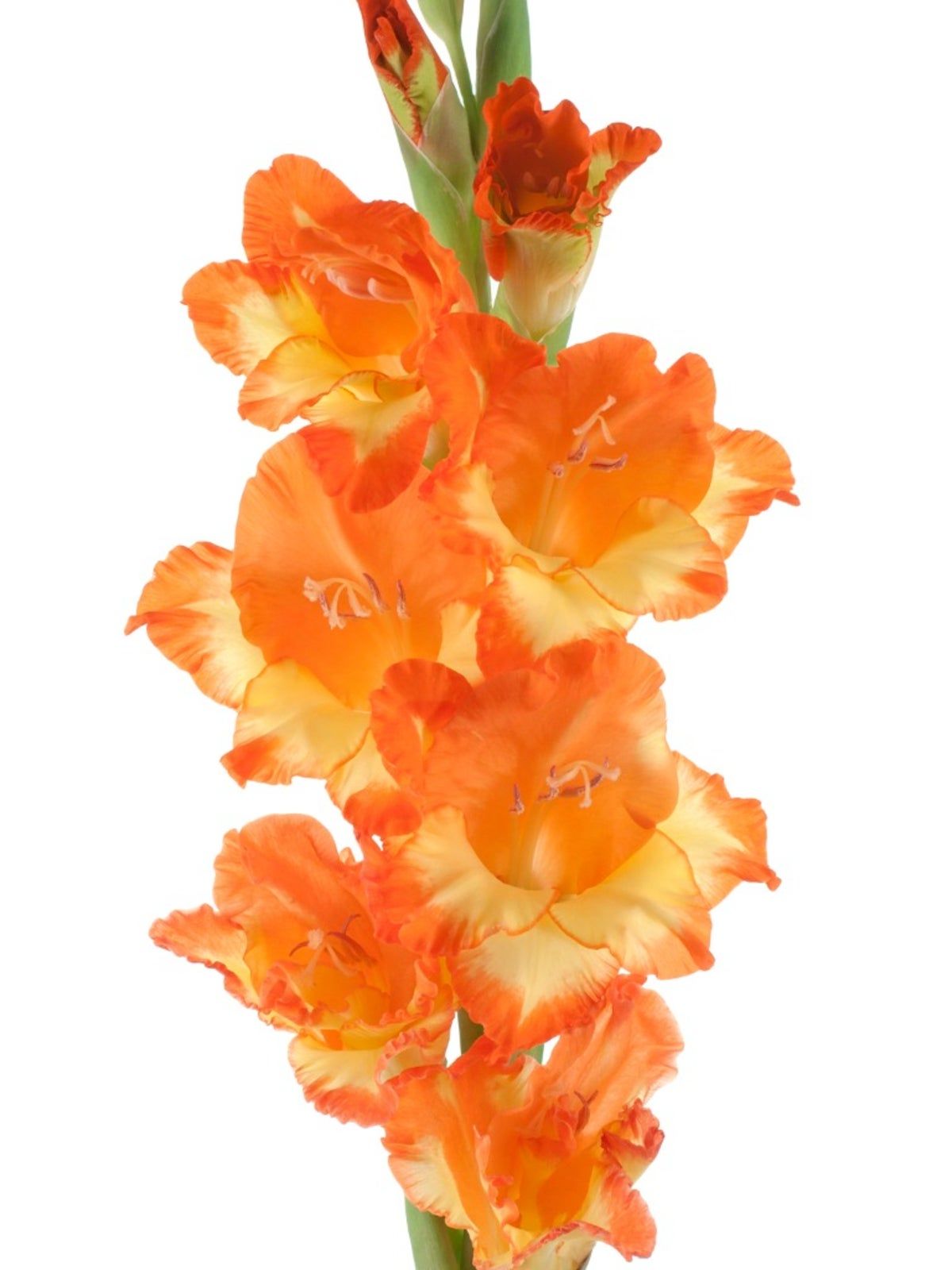

If you have planted gladiolus, you should usually be able to enjoy gladiolus problem-free. They are beautiful and come in a variety of colors, truly enhancing any landscape in your yard. However, gladiolus pests are abundant, and the most common of all is problems with the corm.
Problems with Growing Gladiolus
If you have gladiolus that are already growing and they are showing signs of yellowing leaves or even have flowers that seem stunted without opening before they start turning brown, your gladiolus problem is probably a virus. This is the worst thing to deal with because the worst gladiola disease is a virus. You may have to dig up the gladiolus and start with fresh corms. Gladiola disease is not limited to viruses, however. When you plant your gladiolus, you should check out the corms before planting them. If they feel soft or are somewhat crumbly, they are no good and should be thrown away. Always start with sound corms to prevent gladiolus problems. If the leaves on your gladiolus are somewhat streaky, you may be infested with thrips. Thrips are little insects that attack the corms while they are overwintering. They can cause the flowers to be funny-shaped. They can cause the growth to be stunted and the leaves to turn streaky. The best way to prevent gladiolus pests is to treat the corms before you store them for the winter.
Eliminating Gladiola Disease
Gladiola disease can start as early as with the corms. Keeping the corms in a cool, dry place between 35 and 40 degrees F. (2-4 C.) is the best way to keep the corms disease-free. Thrips will not survive these conditions. You can also dust your corms with carbaryl, soak them in Lysol and water, or dip them in hot water for a couple of minutes. This will help eliminate problems with growing gladiolus. Gladiolus will fall over easily in the wind once they grow. This is why they should be planted in areas where they are protected from the wind, such as against a garage or back of the house. Finally, you can start planting the gladiola corms in mid-May, after making sure they are free of gladiolus pests and can continue to plant them until the end of June every two weeks or so. This will give you a continuous beautiful crop of gladiolus for about six weeks or so in the summer. They need sunlight, so remember this when you plant them. Keeping your gladiolus problem-free isn't too difficult. Just pay attention to the corm in the beginning so that if there are problems with gladiola disease, you can nip it in the bud.
Gardening tips, videos, info and more delivered right to your inbox!
Sign up for the Gardening Know How newsletter today and receive a free copy of our e-book "How to Grow Delicious Tomatoes".

Kathee Mierzejewski was with Gardening Know How in the very beginning, writing many of the site's foundational articles.
-
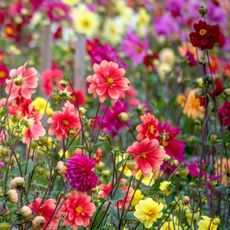 Cut Flower Garden For Beginners: 8 Easy Decorative Floral Plants For Newbies To Grow
Cut Flower Garden For Beginners: 8 Easy Decorative Floral Plants For Newbies To GrowAre you new to growing decorative florals for bouquets and ornamental displays? A cut flower garden for beginners is well within reach if you grow these flower seeds
By Tonya Barnett
-
 10 Flower Seeds To Sow In April For Endless Blooms Through Summer & Fall
10 Flower Seeds To Sow In April For Endless Blooms Through Summer & FallDiscover the best annual and perennial flowers to plant in April to ensure a sea of color in borders and containers that lasts all summer and into fall.
By Bonnie L. Grant
-
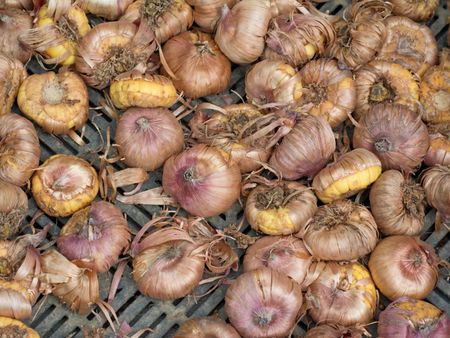 Gladiolus Plants With Scab – Controlling Gladiolus Scab On Corms
Gladiolus Plants With Scab – Controlling Gladiolus Scab On CormsIf you are growing gladioli, you’ll want to know about gladiolus scab. For more information and tips on prevention and control, click here.
By Teo Spengler
-
Gladioli Mosaic Virus – Managing Symptoms Of Gladiolus Mosaic
Gladiolus blooms are featured in many cutting gardens for mid-summer bouquets. When issues like mosaic occur, this can naturally be alarming. Good cultural control can help prevent mosaic virus in gladiolus. Learn more in this article.
By Susan Albert
-
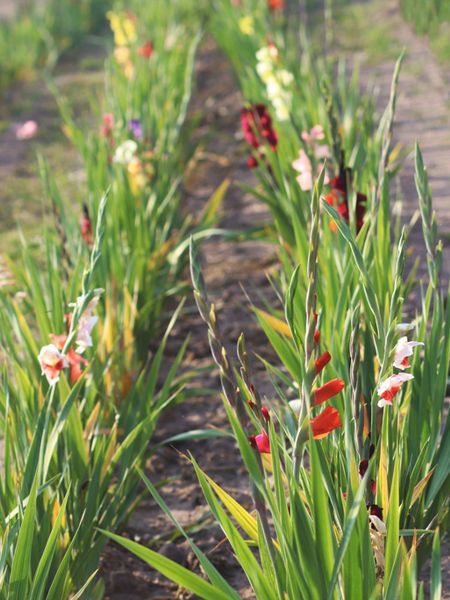 Botrytis On Gladiolus Plants: How To Control Gladiolus Botrytis Blight
Botrytis On Gladiolus Plants: How To Control Gladiolus Botrytis BlightGladiolus botrytis diseases are not uncommon, so knowing the signs and how to manage them is important. Learn about gladiolus blight here.
By Mary Ellen Ellis
-
Treating Glads With Fusarium: How To Control Gladiolus Fusarium Rot
If the corms of your unplanted glads appear discolored and unhealthy, they may be infected with gladiolus fusarium rot. Learn more about fusarium wilt and rot on gladiolus plants in this article to see if your corms can be saved.
By Becca Badgett
-
Gladiolus Leaf Diseases: What Causes Leaf Spots On Gladiolus Plants
When kept healthy and disease free, gladiolus plants will return year after year. Issues like gladiolus leaf spot, however, may cause decline of your plants. Becoming familiar with the signs of gladiolus leaf diseases is important in preventing spread. Learn more here.
By Tonya Barnett
-
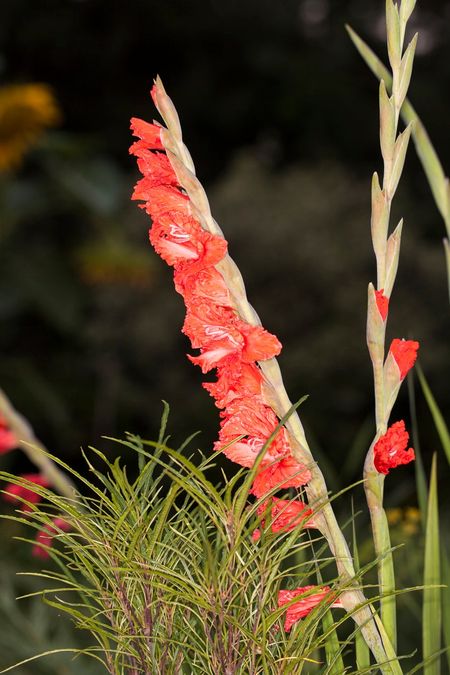 Is Your Gladiolus Falling Over – How To Stake Glads In The Garden
Is Your Gladiolus Falling Over – How To Stake Glads In The GardenGrowing glads is so simple, but sometimes the tall gladiolus falling over in the garden can be troublesome, if not unattractive. Luckily, with a little added support, this can be easily remedied. Click this article for additional information.
By Mary H. Dyer
-
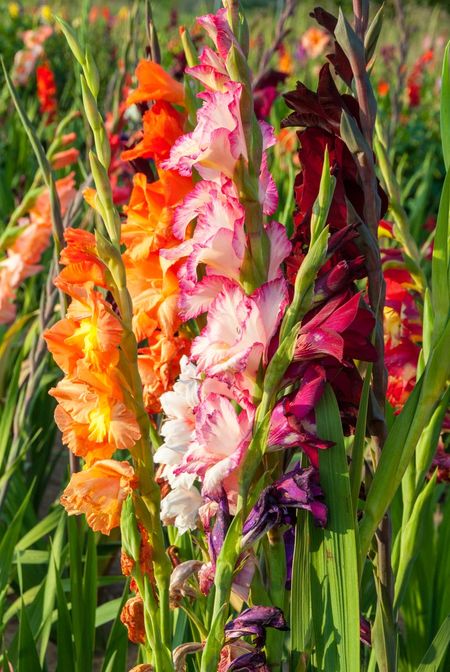 Gladiolus Are Falling Over – Learn About Staking Gladiolus Plants
Gladiolus Are Falling Over – Learn About Staking Gladiolus PlantsProlific bloomers they are, but gladiolus plants falling over is not uncommon. Staking gladiolus plants will keep their brightly colored heads from dipping or breaking, and there are any number of items that can be used as gladiolus plant stakes. Learn more here.
By Amy Grant
-
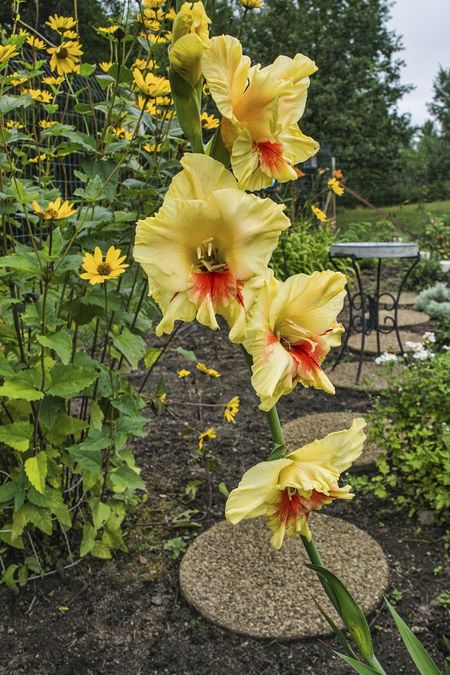 Companion Planting With Gladiolus: Plants That Grow Well With Gladiolus
Companion Planting With Gladiolus: Plants That Grow Well With GladiolusAs well as bouquets, gladiolus looks amazing in flower beds and along garden borders. But what are some good companion plants for gladiolus? Click this article to learn more about plants that grow well with gladiolus.
By Liz Baessler